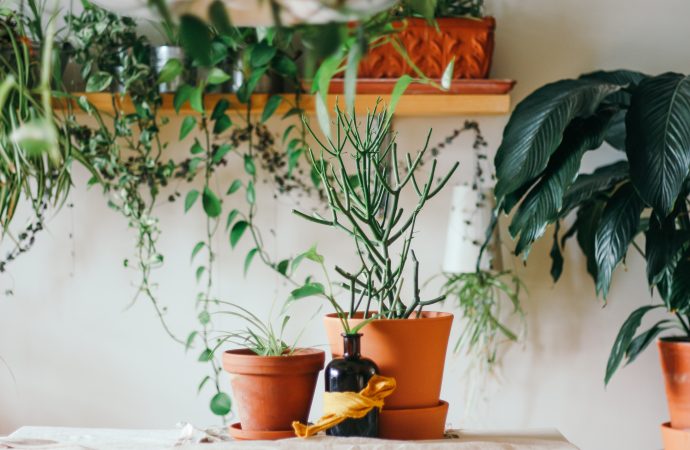In a world where concrete jungles dominate the landscape, there is an increasing yearning to reconnect with nature. One way to do so is by transforming your garden into a vibrant and biodiverse oasis, inviting birds, bees, and butterflies to perform their delicate symphony. By incorporating simple yet effective techniques, you can create a
In a world where concrete jungles dominate the landscape, there is an increasing yearning to reconnect with nature. One way to do so is by transforming your garden into a vibrant and biodiverse oasis, inviting birds, bees, and butterflies to perform their delicate symphony. By incorporating simple yet effective techniques, you can create a harmonious haven that not only mesmerizes the senses but also supports and protects these essential creatures.
Embracing Biodiversity: The Key to a Thriving Ecosystem
Imagine stepping into your garden and being greeted by the cheerful melodies of songbirds, the gentle buzzing of bees, and the colorful fluttering of butterflies. This picturesque scene is not only aesthetically pleasing but also essential for maintaining a healthy and balanced ecosystem. By embracing biodiversity, you play a vital role in supporting the intricate web of life that relies on these creatures for pollination, seed dispersal, and natural pest control.
Planting for Pollinators: Creating a Banquet of Nectar and Pollen
To attract birds, bees, and butterflies to your garden, it is essential to provide a diverse range of plants that offer abundant nectar and pollen. Choose native plant species that are adapted to your region’s climate and soil conditions, as they will be more attractive and beneficial to local wildlife. Vibrant wildflowers such as coneflowers, bee balm, and milkweed are particularly loved by pollinators.
Welcoming Feathered Friends: Providing Food, Water, and Shelter
Birds are not only a visual delight but also valuable allies in maintaining a balanced ecosystem. To entice them to your garden, create a bird-friendly environment by offering a variety of food sources, such as bird feeders filled with seeds, suet, and fruit. Ensure a clean and reliable water source, such as a bird bath, and provide shelter through strategically placed birdhouses and trees.
Creating a Butterfly Haven: Host Plants and Butterfly-Friendly Features
Butterflies are like ephemeral works of art, gracing our gardens with their delicate beauty. To attract them, incorporate specific host plants into your landscape that cater to their needs during each life stage. Milkweed, for instance, is an essential host plant for monarch butterflies. Additionally, adding features like shallow water sources and flat rocks can provide resting spots for butterflies to sunbathe and recharge.
Banishing Chemicals: Embracing Natural Pest Control
Creating a wildlife-friendly garden involves adopting sustainable practices and ditching harmful chemicals. Instead of relying on pesticides and herbicides, explore organic alternatives such as companion planting, which utilizes the natural pest-repelling properties of certain plants. Ladybugs and praying mantises are also excellent allies in keeping destructive pests at bay.
Educating and Inspiring: Sharing Your Oasis with Others
Your garden can become a living testament to the wonders of nature. Inspire others by sharing your knowledge and experiences, organizing workshops, or participating in community initiatives focused on wildlife conservation. By spreading the message of creating wildlife oases, you contribute to a larger movement of preserving and restoring habitats for birds, bees, and butterflies.
Nature’s Symphony: A Rewarding Journey
Transforming your garden into a wildlife oasis is not just about the end result; it’s a journey of connection, discovery, and appreciation for the wonders of the natural world. As you witness the symphony of birds, bees, and butterflies flourishing in your carefully crafted haven, you’ll find solace, inspiration,

















Leave a Comment
Your email address will not be published. Required fields are marked with *